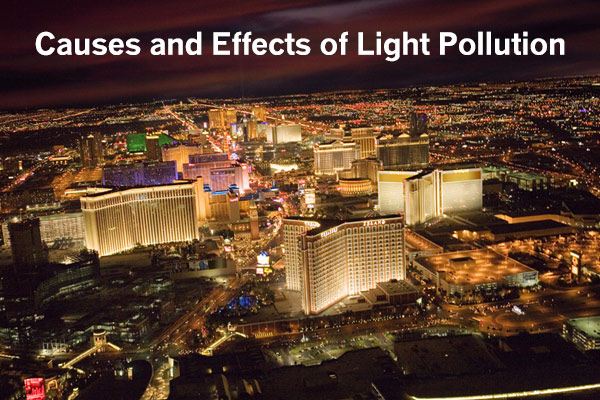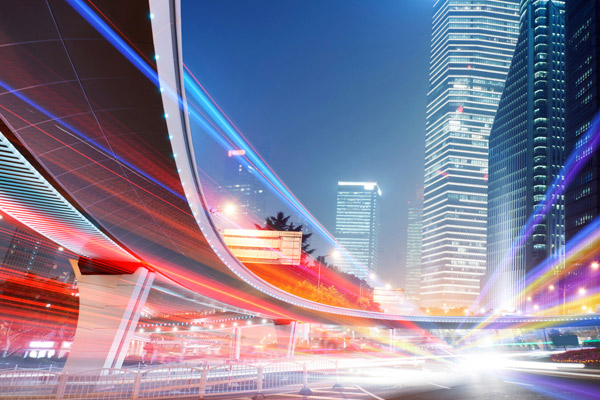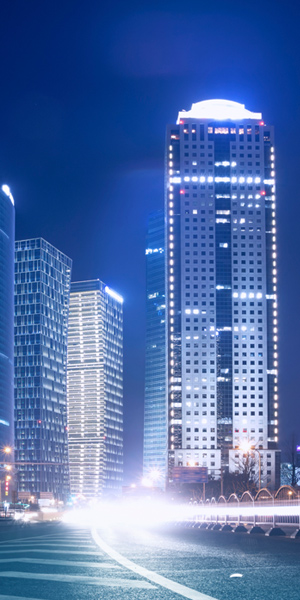
Causes and Effects of Light Pollution
Light pollution includes excessive and intrusive artificial lights, typically shining outdoors at night. Light pollution can accumulate significantly within highly populated areas, causing a number of issues within the natural environment. With dark, starry skies disappearing as a result of light pollution, humans may be exacting a steep price from the lights that shine so brightly throughout the night.
Impact on Energy Usage
Excessive use of lighting during the overnight hours has a direct and significant impact on energy usage. The International Dark Sky Association has published estimations about energy used and wasted in connection with light pollution. The IDA estimates that light pollution wastes over 9 million tons of coal and 32 million barrels of oil annually. This excess translates into over $1.74 billion in wasted energy resources every year. Shielding lights, using timers for outdoor lighting, switching to LED light fixtures, and only illuminating outdoor spaces when necessary are ways people can reduce energy usage and overall light pollution.

Types of Light Pollution
Four different types of light pollution exist, contributing to the problem. Urban sky glow refers to the overall brightening of the night sky over densely populated areas. Light trespass happens when outdoor lighting spreads and falls on areas that don't need or warrant illumination. Glare refers to excessive lighting that produces so much light that it irritates the eyes, possibly even decreasing visibility. Clutter involves an overabundance of light sources in one area, creating excessively brightness and even confusing night light. Light clutter typically involves the other three types of light pollution -- urban sky glow, light trespass, and glare.
Measurement and Global Effects
Researchers are endeavoring to measure light pollution based on angular distribution, light reflected, and how atmospheric conditions affect night light. Measuring light pollution on a global scale can be difficult, because the night sky is not naturally devoid of light. UV radiation originating from the sun creates ionization, which produces airglow at very high altitudes. Scattered light also exists throughout the night sky, from stars and from zodiacal light (a byproduct of sunlight). The current cycle of the moon also has an impact on the amount of night light. Satellite imagery records light sources and their intensity worldwide. Software uses this data to calculate the adjusted degree of brightness in the night sky over the entire globe.
Consequences
Humans inhabiting the earth have a circadian rhythm programmed into DNA, necessitating a regular pattern of light during the day and dark during the night. Disruption of these natural circadian rhythms can have an impact on health. Issues such as cancer, cardiovascular disease, depression, and insomnia can occur with this disruption. Nighttime light also has an affect on animals. Nocturnal animals that prowl during the dark hours can experience disruption when they don't have the darkness they need for protection. Animals can also become confused when nights aren't as dark as they should be. Shifts in animal populations as a result of light pollution can have a far-reaching impact on ecosystems, disrupting the natural balance between predators and prey.The presence of light pollution also makes it difficult to view the night sky to see stars. Newer telescope technology features special filters designed to eliminate light pollution.

Reduction
Reducing light pollution can occur at any level, including governments, corporations, and individuals. Even a simple change to turning outdoor lights on at night only when you need them can help reduce your contribution to light pollution. Using light fixtures designed with shields to direct light downward instead of upward and outward can also be effective for reducing light pollution. Change outdoor lighting to use LED light bulbs, and reduce wattage when possible. Finally, close curtains and shades at night to contain interior lights from your home.
Links
- What is Light Pollution?
- Bringing Back the Night: A Fight Against Light Pollution
- Light Pollution and Human Health
- Introduction to Light Pollution-What's the Problem?
- Light Pollution
- How Does Light Pollution Affect Astronomers?
- Does Night Lighting Harm Trees?
- Light Pollution: The Overuse & Misuse of Artificial Light at Night
- Disappearing Darkness
- The Fading Milky Way
- Light Pollution
- Light Pollution and Palomar Observatory
- Global Assessment of Light Pollution
- Light Pollution
- Light Pollution and Energy
- Light Pollution Resources
- Light Pollution FAQs
- Light Pollution Map
- Light Pollution in Hawaii
- Light Pollution in the United States
- Where Have All The Stars Gone?
- Bright City Lights Exacerbate Air Pollution
- Light Pollution Facts
- Mapping Light Pollution at Utah State University
- What is Light Pollution?
- The Effects of Light Pollution in Hong Kong
- Trails, Constellations, and Light Pollution
- About Light Pollution
- Map Showing Light Pollution
- Light and Noise Pollution
- National Geographic Photographer Jim Richardson Discusses Light Pollution
- Light Pollution Information
- Light Pollution Taking Toll on Wildlife
- Light Pollution Overview

